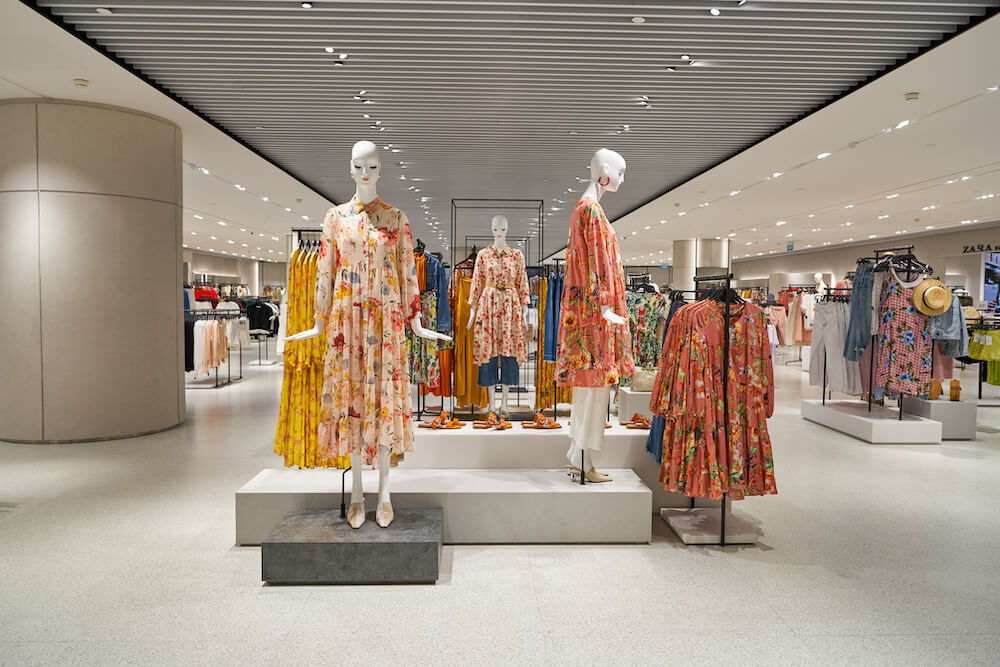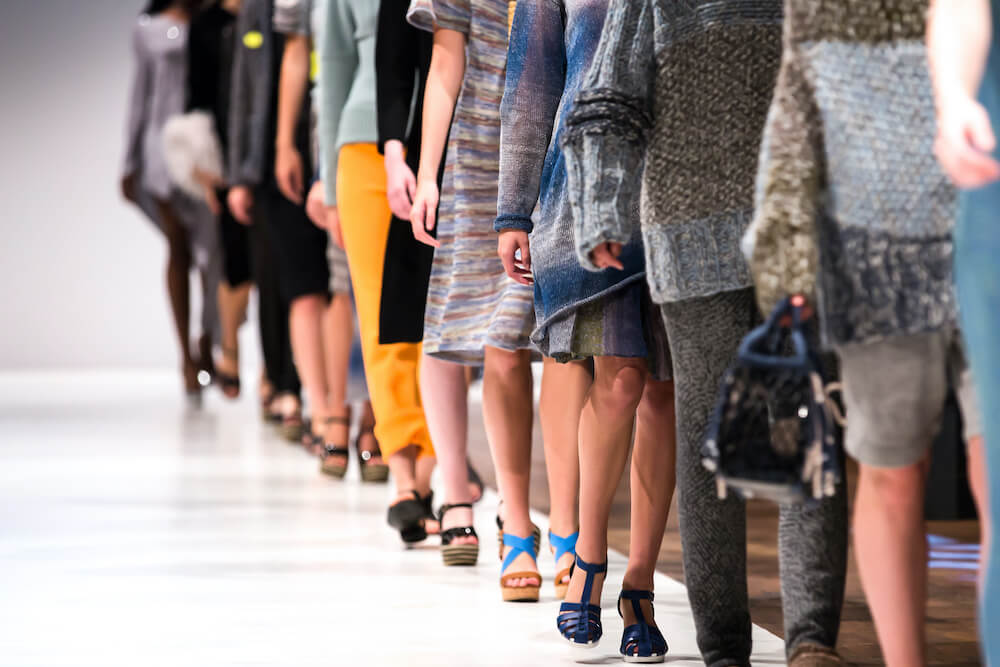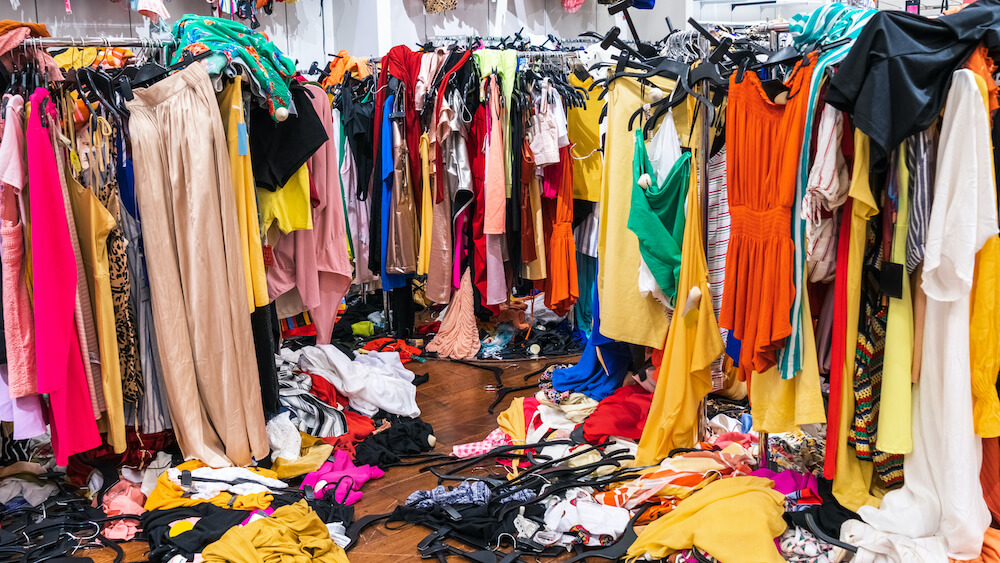Fast fashion and consumerism: comfortable but vicious
The booming fast fashion industry made designer clothing approachable and cheap. However, this freedom comes at the price of people and environments suffering.

From runway to high street
Throughout history, fashion has always had its share of controversies and ethical concerns. The Industrial Revolution, which introduced new textile machines, factories, and ready-made clothing, made these issues even more apparent. While most lower-class people historically made their own clothes, professional dressmaking businesses emerged in the late 1700s, making clothing for middle-class and well-off people.
Many tailoring businesses employed low-wage workers or even exploited child and prison labor; they often used fur and leather from endangered animals or cotton gathered by slaves in the American South. It seems that the clothing industry had inherent problems from its inception—however, for a while, society righted some of these wrongs through legislation or labor unions.
According to fashion historian Dana Thomas, trade deals, globalization, and greed have recently undercut those attempts to regulate a fast-growing industry. Up until the late 1970s, at least 70 percent of Americans’ apparel was made in the United States. Clothes were a precious commodity, and the fabric was very rarely wasted. Brands and manufacturers were also expected to adhere to strict national labor laws for much of the twentieth century. The birth of fast fashion changed all that.

In the late 1980s, a new kind of a business model was born. “Fast fashion” retailers started producing garments quickly, inexpensively, and in vast amounts, using the cheapest labor available in the world and utilizing poorly-made fabric. Unlike clothes made in the previous decades, these garments weren’t made to last a long while—in fact, they quickly earned the derisive moniker of “exposable” (expendable and disposable) clothes. And yet, they dominated: in the past thirty years, fast fashion has grown into a $2.4-trillion-a-year global behemoth. So what was the secret of their success?
This “instant fashion” method devised by Spanish businessman Amancio Ortega, the founder of Zara, was a simple and efficient formula. The model was instantly adapted by brands such as Gap, Urban Outfitters, and H&M. They would take silhouettes and designs from the latest haute-couture collections, copy them using much affordable fabrics at lightning speed, and then offer them to the middle-market consumer.

While traditional brands would take months to design and produce their collections, these new retail companies sped the process up to mere weeks. Today, they claim that it only takes 15 days to come up with a completely new design, produce it and ship it worldwide. And some of the newest fast-fashion brands are even faster, releasing between 700 and 1,000 new items a day.
Thanks to the rise of fast fashion brands, middle-class consumers could now take part in the fashion trends they had long seen only in magazines. Anna Wintour, the longtime editor of American Vogue, acknowledged that such companies have democratized fashion by bringing high design to the mass market.
While fast fashion indeed allows more everyday shoppers to enjoy luxury trends, it also has a well-documented dark side.
Read on to learn about environmental and ethical problems posed by this model, and the alternatives that have emerged today.
The environmental cost of fast fashion
For one, the business model centered on speedy production is hugely unsustainable: the World Bank estimates that the sector is solely responsible for nearly 20 percent of all industrial water pollution annually. In a year, it releases 10 percent of humanity’s carbon emissions in the atmosphere; 1 kilogram of cloth generates 23 kilograms of greenhouse gases. Course block
Because their wares are produced in developing countries with lax environmental laws, fast-fashion brands are free to use cheap toxic chemicals, dangerous dyes, and synthetic fabrics that seep into water supplies.

For example, the ever-popular denim is made out of cotton—one of the oldest and most notoriously polluting crops known to mankind. Almost one kilogram of poisonous pesticide is used to cultivate one hectare of the plant. In fact, more than 10 percent of all pesticides we use today are devoted to the protection of cotton plantations.

